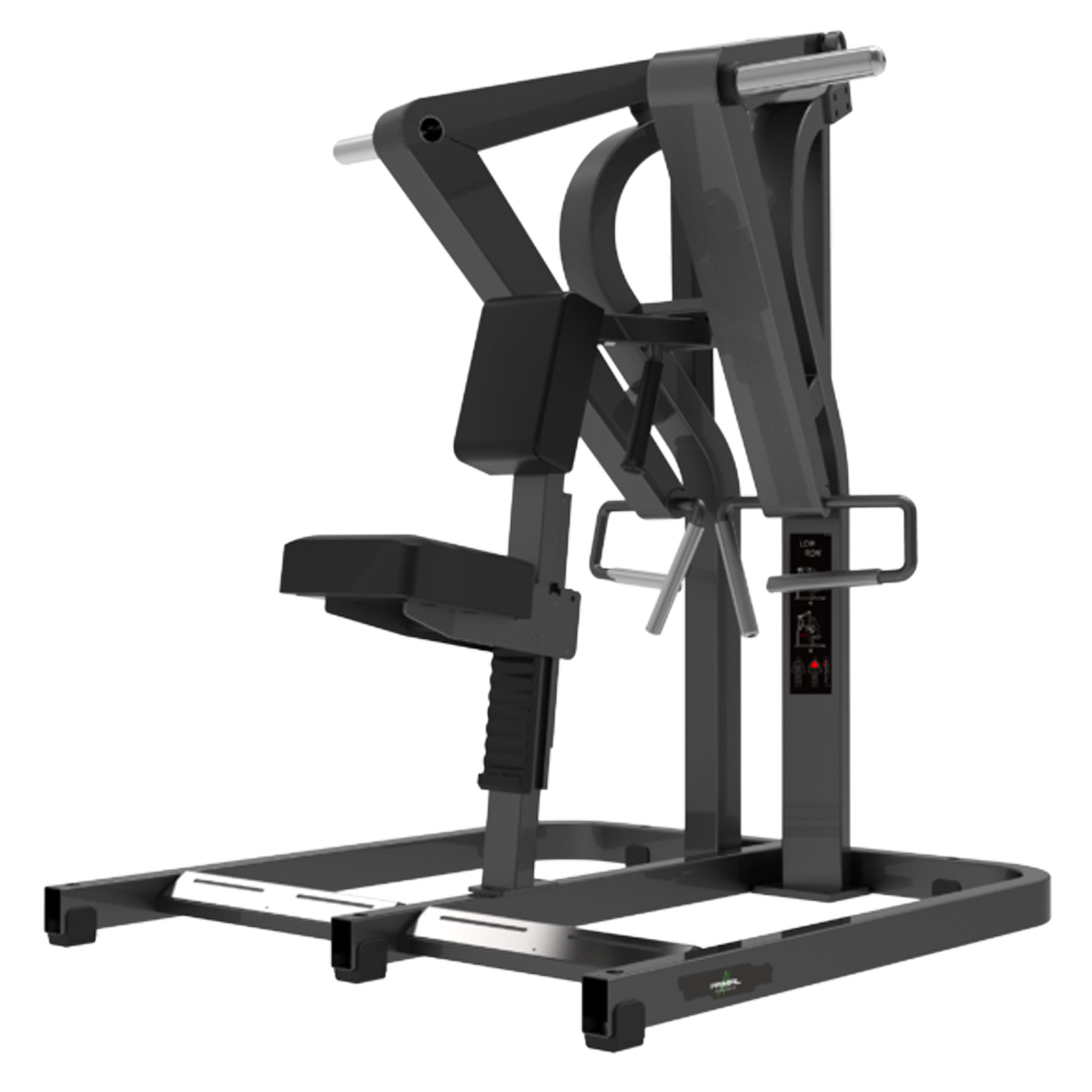Product features
Fully adjustable and equipped to remain steady while generating peak power output, the Swiss GHD is a comprehensive tool for midline stabilisation and the strengthening of hamstrings and glutes.
Along with strengthening muscles within the posterior chain, GHD training allows one of the only safe ways to actively train your spinal erectors. GHD sit-ups also result in one of the most powerful abdominal contractions of any movement in the gym. The midline stabilization gained acts like an intrinsic weight belt protecting the spine. Easily transportable.
Specification
Product Dimensions: 197cm Length, 91cm Width, 132cm Height
Commercial Warranty: 5 Year Frame, 2 Year Parts & 6 Months Upholstery
Main Tube Size: 50mm*70mm*2mm
Product Weight: 67kg
Boxed Weight: 70kg
Frame Colour: Black
Upholstery Colour: Black
Warm up with Resistance Bands
Check out this video – Video
How to Do the Glute Ham Raise
First things first, this move is preferably done using this machine. If you don’t have access to one, there are effective variations you can try. That said, the how-to below is written for those who can use a GHD (glute-ham developer).
Step 1 — Get Set Up
Adjust the pad of the GHD so that your feet are firmly planted against the toe plate with your quads rest on the pad. When you come back up for a rep, your knees should “fall through” the space between the pad and the toe plate.
Form Tip: If your knees are on the pad too much, you risk hyperextending the knee.
Step 2 — Extend Your Knees
Once you’re the GHD is set up and you’re positioned on it, push your toes into the plate and extend the knees. Your body will move forward. Allow it to extend until your torso is parallel to the floor.
Form Tip: Keep your lower back flat, and allow the knees to flex and straighten smoothly.
Step 3 — Pull Yourself In
To come back up, think about pulling yourself upwards by flexing the knees and falling back into the space they were initially in.
Form Tip: This exercise trains the hamstrings at both the knee and hip joint. Make sure you feel the stretch and contract in both areas (upper and lower hamstring).
Benefits of the Glute-Ham Raise
Below are three benefits of performing glute-ham raise s that you can expect from adding this exercise into your workout.
s that you can expect from adding this exercise into your workout.
Better Hamstring and Glute Development
Few movements isolate the hamstrings and hips without additional loading than this product. While movements like the Romanian deadlift, good morning, and stiff-legged deadlift all have their place, lifters can use the glute-ham raise to build muscular conditioning and hypertrophy in the hamstring, glutes, and lower back without touching a weight. And that’s important if you’re potentially injured or simply want to give your joints a break from the hard pounding of iron.
Improved Lower Back Health
This works two ways: First, your lower back won’t be loaded with weights, which is always nice since heavy back squats can cause an immense amount of pressure on your spine and spinal erectors. Second, the lower back sometimes comes into play when the hamstrings and glutes aren’t able to keep up. Say you’re doing a deadlift but you’re not able to contract your hammies and butt in a way that helps you lift the weights, well, your lower back is going to take over. By isolating your glutes and hamstrings, you’re strengthening them to give your lower back a break.
Enhance Posture
Everybody thinks about the shoulder blades when it comes to proper posture. Yes, squeezing your shoulders back and together is one aspect of posture, but your posterior chain — lower back, hamstrings, and glutes — supports your torso to keep you upright. These muscles also disperse mechanic stress and loading across the entire posterior chain, rather than taxing one muscle group (often the erectors).
Muscles Worked by the Glute-Ham Raise
The glute-ham raise primarily involves the hamstrings and the glutes. That said, you can also increase muscle mass and endurance throughout the entire posterior chain. Below is a listing of the most worked muscle groups during the glute-ham raise exercise.
Hamstring
Unlike other hamstring exercises that may only train the hamstring at one joint (knee flexion or hip extension), the glute-ham raise trains them both, at the same time, making it a complete hamstring movement.
Glutes
You may find your glutes engage involved when your hips extend during the second phase of the movement. This is normal as the glutes are what extend your hips.






Reviews
There are no reviews yet.